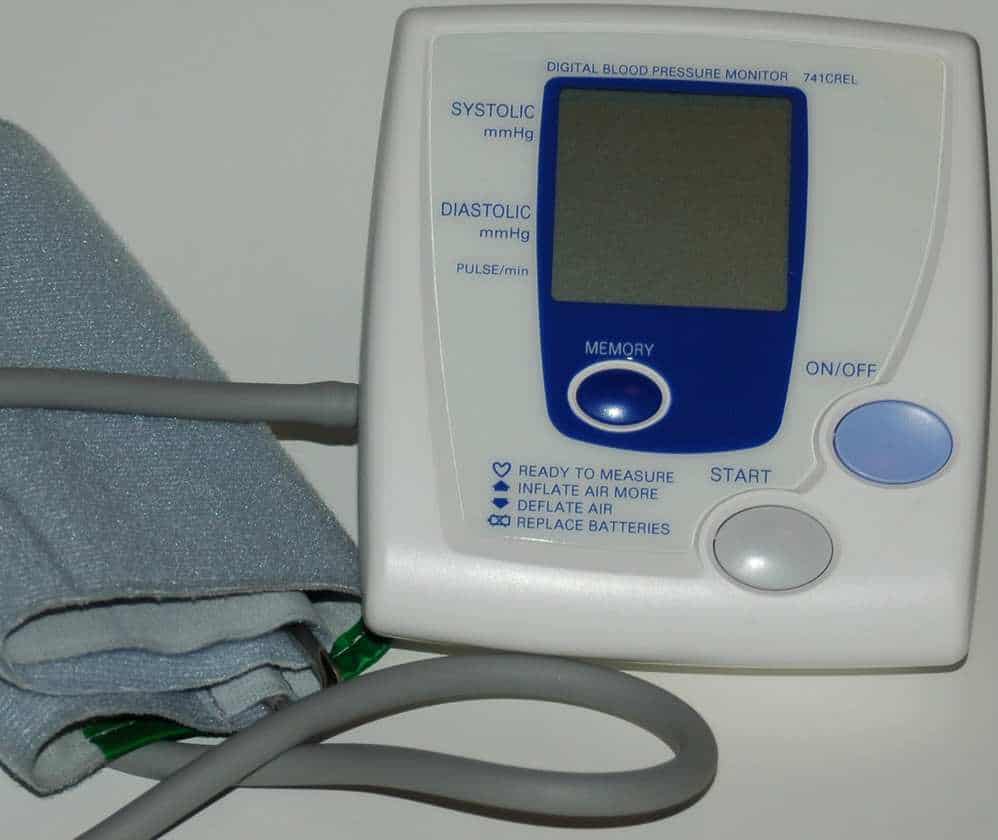A recent study has shown that a notable percentage of health applications make promises they can’t keep.
A study was recently published within the Journal of the American Society of Hypertension (JASH), which showed that fourteen percent of some hypertension mhealth apps that are available for Android devices through the Google Play Store were misleading when it comes to the claims that they made about their tracking ability.
The researchers that conducted the mobile app study were from the Cambridge Health Alliance.
Leading the team of researchers was Nilay Kumar MD, from the Cambridge Health Alliance. They conducted an analysis of over 100 available mhealth apps at the Google Play Store from among those that had been downloaded by a minimum of 2.4 million mobile device users by the start of the study. The report pointed out specifically that none of the applications that were considered used a cuff, nor did any of them have any supporting documentation that would suggest “validation against a gold standard”.
The report found that there were very few mhealth apps that were produced by healthcare agencies.
 Within it, it was explained that “Only 3 percent of the apps were developed by healthcare agencies such as universities or professional organizations.”
Within it, it was explained that “Only 3 percent of the apps were developed by healthcare agencies such as universities or professional organizations.”
Among the developers quoted by the study was one that said that its mobile health app was able to use a smartphone camera to be able to accurately measure a user’s blood pressure.
The researchers for this study found that “72 percent of the apps had tracking function, 22 percent had tools to enhance medication adherence, 37 percent contained general information on HTN, and 8 percent contained information on DASH diet.” It also provided insight into the prevalence of mobile apps that were highly misleading within a market that is currently expanding very quickly in the category of mobile health that is geared specifically toward consumers.
It concluded that the vast majority of mhealth apps that are within the specific category of tracking hypertension have misleading promises, and that there is a present need for better oversight when it comes to the development of applications within the health category, particularly when it would imply that the smartphone or tablet could function as a medical device.
